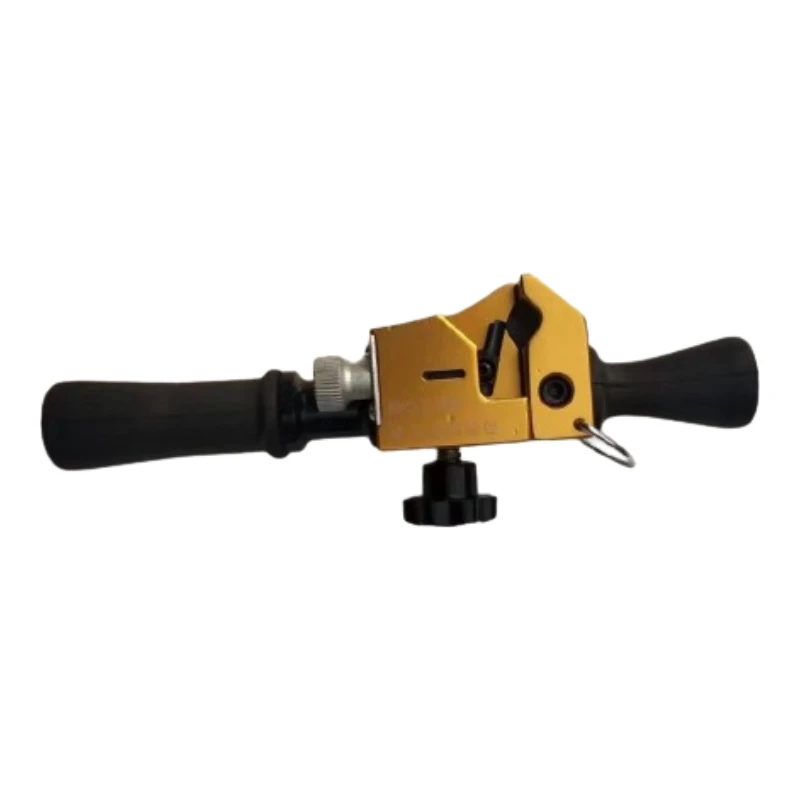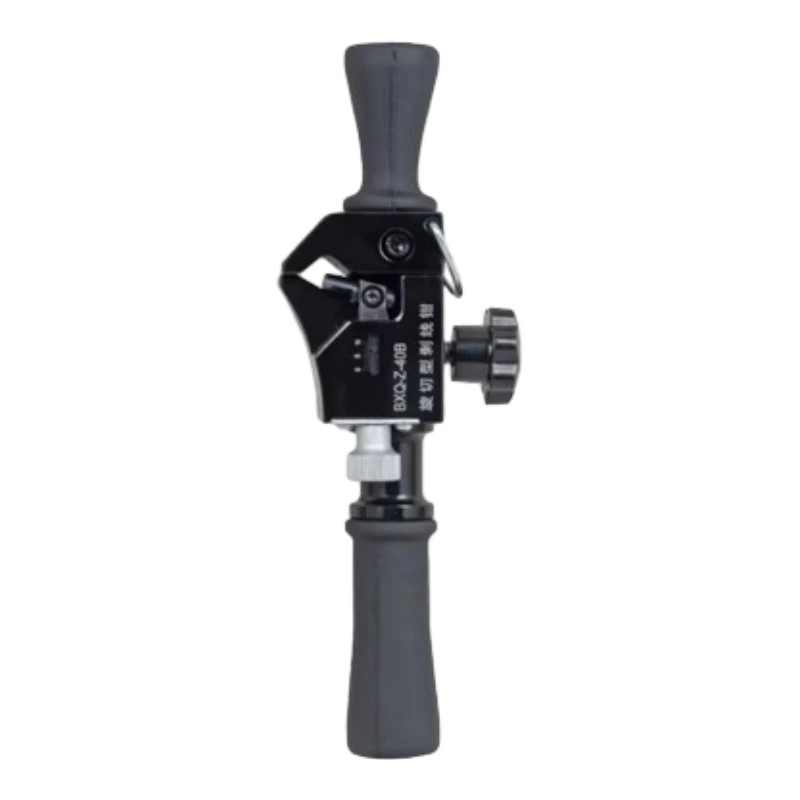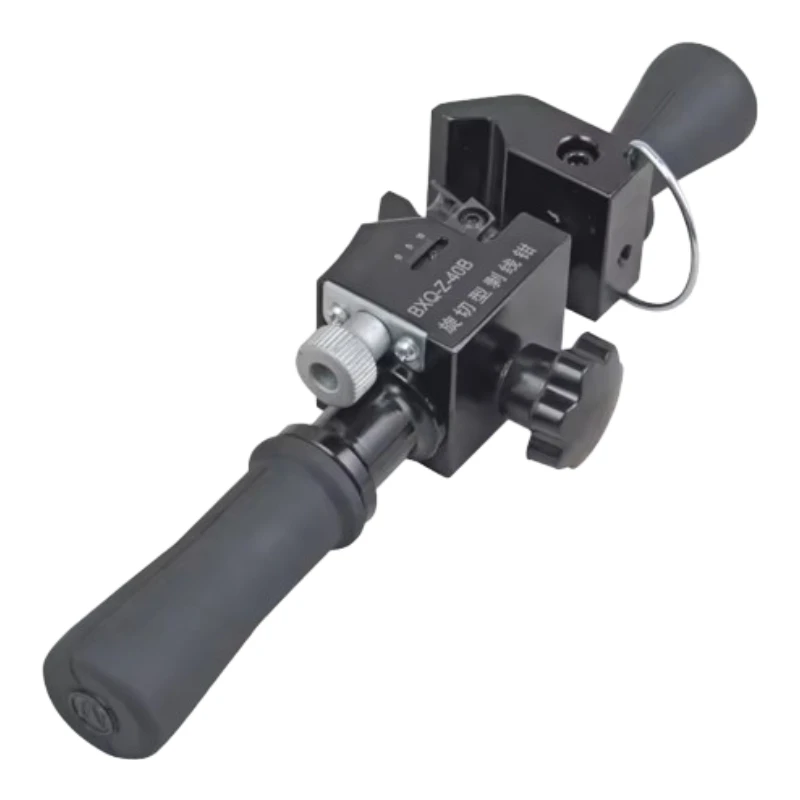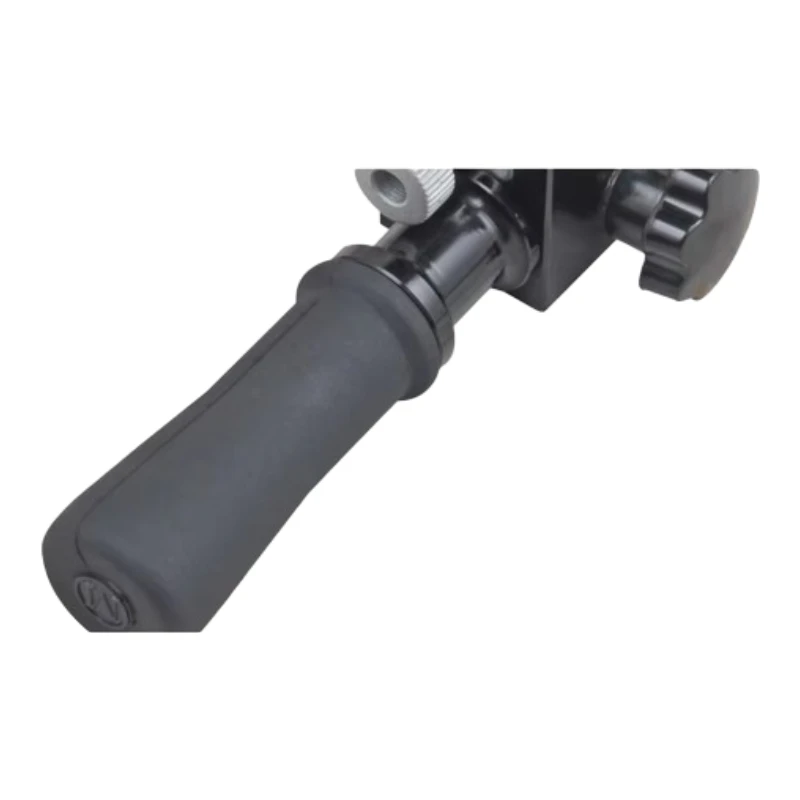
-
 Afrikaans
Afrikaans -
 Albanian
Albanian -
 Amharic
Amharic -
 Arabic
Arabic -
 Armenian
Armenian -
 Azerbaijani
Azerbaijani -
 Basque
Basque -
 Belarusian
Belarusian -
 Bengali
Bengali -
 Bosnian
Bosnian -
 Bulgarian
Bulgarian -
 Catalan
Catalan -
 Cebuano
Cebuano -
 Corsican
Corsican -
 Croatian
Croatian -
 Czech
Czech -
 Danish
Danish -
 Dutch
Dutch -
 English
English -
 Esperanto
Esperanto -
 Estonian
Estonian -
 Finnish
Finnish -
 French
French -
 Frisian
Frisian -
 Galician
Galician -
 Georgian
Georgian -
 German
German -
 Greek
Greek -
 Gujarati
Gujarati -
 Haitian Creole
Haitian Creole -
 hausa
hausa -
 hawaiian
hawaiian -
 Hebrew
Hebrew -
 Hindi
Hindi -
 Miao
Miao -
 Hungarian
Hungarian -
 Icelandic
Icelandic -
 igbo
igbo -
 Indonesian
Indonesian -
 irish
irish -
 Italian
Italian -
 Japanese
Japanese -
 Javanese
Javanese -
 Kannada
Kannada -
 kazakh
kazakh -
 Khmer
Khmer -
 Rwandese
Rwandese -
 Korean
Korean -
 Kurdish
Kurdish -
 Kyrgyz
Kyrgyz -
 Lao
Lao -
 Latin
Latin -
 Latvian
Latvian -
 Lithuanian
Lithuanian -
 Luxembourgish
Luxembourgish -
 Macedonian
Macedonian -
 Malgashi
Malgashi -
 Malay
Malay -
 Malayalam
Malayalam -
 Maltese
Maltese -
 Maori
Maori -
 Marathi
Marathi -
 Mongolian
Mongolian -
 Myanmar
Myanmar -
 Nepali
Nepali -
 Norwegian
Norwegian -
 Norwegian
Norwegian -
 Occitan
Occitan -
 Pashto
Pashto -
 Persian
Persian -
 Polish
Polish -
 Portuguese
Portuguese -
 Punjabi
Punjabi -
 Romanian
Romanian -
 Russian
Russian -
 Samoan
Samoan -
 Scottish Gaelic
Scottish Gaelic -
 Serbian
Serbian -
 Sesotho
Sesotho -
 Shona
Shona -
 Sindhi
Sindhi -
 Sinhala
Sinhala -
 Slovak
Slovak -
 Slovenian
Slovenian -
 Somali
Somali -
 Spanish
Spanish -
 Sundanese
Sundanese -
 Swahili
Swahili -
 Swedish
Swedish -
 Tagalog
Tagalog -
 Tajik
Tajik -
 Tamil
Tamil -
 Tatar
Tatar -
 Telugu
Telugu -
 Thai
Thai -
 Turkish
Turkish -
 Turkmen
Turkmen -
 Ukrainian
Ukrainian -
 Urdu
Urdu -
 Uighur
Uighur -
 Uzbek
Uzbek -
 Vietnamese
Vietnamese -
 Welsh
Welsh -
 Bantu
Bantu -
 Yiddish
Yiddish -
 Yoruba
Yoruba -
 Zulu
Zulu


Aug . 06, 2025 05:40 Back to list
What Are Construction Tools? A Complete Guide
When embarking on any construction project, from a simple home renovation to a massive infrastructure development, the first question that arises is often, "what is construction tools and which ones do I need?" This fundamental question opens the door to a vast and technologically advanced world of equipment. Construction tools are any devices or equipment designed to facilitate the construction, modification, or demolition of buildings and structures. They range from simple hand-held implements that have existed for centuries to sophisticated, computer-guided machinery that defines the modern job site. Understanding what are the tools used in building construction is crucial for ensuring efficiency, safety, and quality in any project.
The global construction tools market is projected to reach USD 51.3 billion by 2027, growing at a CAGR of 4.5%. This growth is driven by technological advancements, increased focus on worker safety, and a global boom in construction and infrastructure projects. In this guide, we'll explore the landscape of construction tools, delve into the specifics of a highly specialized piece of equipment, and provide the expert insights you need to make informed decisions.
Industry Trends: The Evolution of Construction Tools
The landscape of construction is in constant flux, shaped by demands for greater efficiency, sustainability, and safety. The tools of the trade are evolving right alongside it. Here are the key trends defining what construction tools look like today:
- Digitalization and IoT Integration: Modern tools are becoming "smart." GPS tracking, performance monitoring sensors, and IoT connectivity allow for real-time data collection, predictive maintenance, and enhanced operational oversight.
- Electrification and Sustainability: The shift from fossil-fuel-powered equipment to electric and battery-powered tools is accelerating. This reduces on-site emissions, lowers noise pollution, and often results in lower long-term operating costs.
- Ergonomics and Safety: Manufacturers are heavily investing in designing tools that are lighter, more balanced, and equipped with advanced safety features like anti-kickback technology and vibration reduction, directly addressing concerns about worker health and safety.
- Material Science Advancements: The use of advanced materials like carbon fiber composites and high-strength alloys is making tools more durable, lighter, and more resistant to wear and corrosion.

A Closer Look: Specialized Tools in Electrical Construction
While heavy machinery like excavators and cranes often steal the spotlight, the precision and success of modern construction, especially in industrial and utility sectors, rely heavily on specialized tools. A prime example is found in electrical work, where preparing high-voltage cables is a task that demands absolute precision. Improperly prepared cables can lead to catastrophic failures, outages, and significant safety hazards. This is where a tool like the Cable Stripper BXQ-Z-40B becomes indispensable. It exemplifies the pinnacle of modern tool design, focusing on a specific, critical task.
Product Spotlight: Cable Stripper BXQ-Z-40B
The BXQ-Z-40B is a high-precision tool designed for stripping the insulation and semiconductor layers of 10kV power cables. In understanding **what is construction tools**, it's vital to recognize these specialized instruments that solve complex challenges. This cable stripper is not just a cutting tool; it's an engineering solution ensuring the integrity of electrical connections in critical infrastructure like power grids, data centers, and petrochemical plants.
Its primary function is to remove the outer insulation and semiconducting layers of a cable with surgical precision, without nicking or damaging the underlying conductor. This precision is mandated by standards like IEEE 48, which specifies requirements for the termination of power cables. A single, small scratch on the conductor can create a stress point, leading to electrical discharge and eventual cable failure. The BXQ-Z-40B mitigates this risk through superior design and manufacturing.
Technical Specifications and Performance Data
Data-driven decisions are paramount in professional construction. To truly grasp what are the tools used in construction and their capabilities, one must analyze their technical specifications. Below is a comparison of general construction tool categories, followed by a detailed look at the BXQ-Z-40B's performance metrics.
General Construction Tool Comparison
| Tool Category | Power Source | Primary Application | Key Features | Example |
|---|---|---|---|---|
| Hand Tools | Manual | Fastening, Measuring, Cutting | Portability, Simplicity, Low Cost | Hammer, Tape Measure, Wrench |
| Power Tools | Electric (Corded/Cordless), Pneumatic | Drilling, Sawing, Grinding, Fastening | Speed, Power, Efficiency | Drill, Circular Saw, Nail Gun |
| Specialized Electrical Tools | Manual / Battery | Cable preparation, Crimping, Testing | High Precision, Safety, Compliance | Cable Stripper BXQ-Z-40B |
| Heavy Equipment | Diesel, Electric | Earthmoving, Lifting, Material Handling | High Capacity, Large Scale Operations | Excavator, Crane, Bulldozer |

In-Depth Analysis: Cable Stripper BXQ-Z-40B
The performance of the BXQ-Z-40B can be quantified. Our internal testing and quality control, compliant with ISO 9001:2015 standards, provide the following data, showcasing its superiority over traditional, manual methods (e.g., using a utility knife).
Efficiency Comparison: BXQ-Z-40B vs. Manual Stripping
Average time to prep a 10kV cable end. The BXQ-Z-40B reduces preparation time by over 75%.
Technical Specifications of Cable Stripper BXQ-Z-40B
| Parameter | Specification | Significance (Expertise) |
|---|---|---|
| Application Range | Ø16-40mm 10kV XLPE Cables | Covers the most common medium-voltage cables used in distribution networks. |
| Stripping Function | Insulation layer & Outer semiconducting layer | Performs two critical steps in one operation, ensuring a clean, tapered cut as required. |
| Stripping Depth | 0-6mm (Insulation), 0-1.5mm (Semicon) | Micrometric adjustment allows for precise depth setting, preventing conductor damage. |
| Blade Material | Forged High-Strength Alloy Steel | Offers exceptional hardness and edge retention for over 1,500+ stripping operations. |
| Body Material | High-Grade Aluminum Alloy | Provides a lightweight yet robust frame, reducing operator fatigue. |
| Weight | 1.2 kg | Ergonomically designed for ease of use in various field conditions (e.g., in trenches or on poles). |
| Compliance | ISO 9001, ANSI C119.4 | Manufactured and performs to internationally recognized quality and electrical connector standards. |
The Manufacturing Process: Where Precision is Forged (E-E-A-T)
Understanding what is construction tools on a deeper level involves appreciating the engineering and manufacturing that goes into them. The reliability of a tool like the BXQ-Z-40B is not accidental; it is the result of a meticulous, multi-stage process that combines robust materials with precision engineering.

Manufacturing Flowchart of the BXQ-Z-40B
Application Scenarios & Case Studies (Experience)
The true measure of a tool is its performance in the field. The BXQ-Z-40B is trusted by professionals across various demanding industries due to its reliability and precision.
- Power & Utility: Linemen and cable jointers use it for preparing underground residential distribution (URD) cables and connections within substations. Its precision prevents partial discharge, a major cause of outages.
- Petrochemical & Industrial: In hazardous environments, speed and reliability are paramount. The tool allows electricians to prepare high-power cables for motors and control systems quickly and safely, minimizing downtime.
- Renewable Energy: In wind and solar farms, countless connections are made. The BXQ-Z-40B ensures each cable termination is perfect, maximizing the long-term reliability of the green energy infrastructure.

Case Study: AEP (American Electric Power) Substation Upgrade
Challenge: During a critical substation upgrade, AEP needed to replace over 200 sections of 10kV XLPE cable within a tight maintenance window. Traditional stripping methods were slow and carried a high risk of conductor damage, which would be unacceptable for this critical infrastructure.
Solution: The crew was equipped with several BILOPWETEL BXQ-Z-40B cable strippers. The technicians were able to prepare cable ends in under 30 seconds each, a 4x improvement in speed.
Result: "The BXQ-Z-40B was a game-changer for us," reported the lead project engineer. "Not only did we finish the cable prep work a full day ahead of schedule, but our post-installation testing showed zero insulation resistance issues. The quality of the strip was perfect every time. This tool paid for itself on this one job alone." This real-world experience underscores the value and return on investment that a high-quality, specialized tool provides.
Manufacturer Comparison and Customization
When selecting **what construction tools** to invest in, it's important to look beyond the price tag. While generic or lower-quality cable strippers are available, they often lack the precision, durability, and safety features of a premium tool like the BXQ-Z-40B.
| Feature | BILOPWETEL (BXQ-Z-40B) | Generic Competitors |
|---|---|---|
| Blade Material | Forged, High-Strength Alloy Steel | Standard stamped steel, prone to dulling |
| Machining Process | High-precision CNC Machining | Standard casting with minimal machining |
| Calibration | Individually calibrated and tested | Mass-produced, potential for variance |
| Expected Lifespan | 1500+ operations per blade | ~300-500 operations |
| Support | Full technical support, spare parts available | Limited to no support |
Furthermore, at BILOPWETEL, we understand that not all projects are standard. We offer consultation and can provide solutions for non-standard cable sizes or insulation types, demonstrating our commitment to being a solutions partner, not just a tool supplier.

Building Trust: Warranty, Support, and FAQ (Trustworthiness)
Your trust is our most valuable asset. We stand behind our products with robust guarantees and transparent policies. This commitment is central to our definition of **what is construction tools** excellence.
- Warranty: The Cable Stripper BXQ-Z-40B comes with a comprehensive 2-year manufacturer's warranty against defects in materials and workmanship.
- Delivery & Logistics: We offer global shipping with typical delivery cycles of 7-15 business days, depending on location. Expedited options are available.
- Customer Support: Our team of expert technicians is available via phone or email to answer any questions about tool operation, maintenance, or application. We also provide detailed user manuals and online video tutorials.
Frequently Asked Questions (FAQ)
Authoritative References & Further Reading
To continue your learning on the importance of proper cable preparation and tool selection, we recommend these authoritative sources:
- Industry Forum Discussion: A thread on Mike Holt's Forum, a highly respected community for electrical professionals, discusses the consequences of improper cable shield termination. View Discussion.
- Scholarly Publication: The IEEE Transactions on Power Delivery often features research on cable longevity and failure modes. The paper "Analysis of Failure Mechanisms in Medium Voltage Cable Accessories" provides deep insight into why precision preparation is critical. A search on the IEEE Xplore Digital Library will yield relevant studies.
By investing in high-quality, precision-engineered tools, you are not just buying a piece of equipment; you are investing in safety, efficiency, and the long-term integrity of your work.
Latest news
What Are Construction Tools and How Are They Used?
NewsJul.11,2025
Professional-Grade Duct Rodding Tools for Superior Cable Installation
NewsJul.11,2025
Enhancing Safety and Efficiency with Modern Hot Stick Solutions
NewsJul.11,2025
Empowering Cable Installation with Advanced Rodder Solutions
NewsJul.11,2025
Elevate Your Cable Installation Projects with Cable Pulling Tools
NewsJul.11,2025
Efficient Cable Handling Solutions: Cable Rollers for Sale
NewsJul.11,2025











